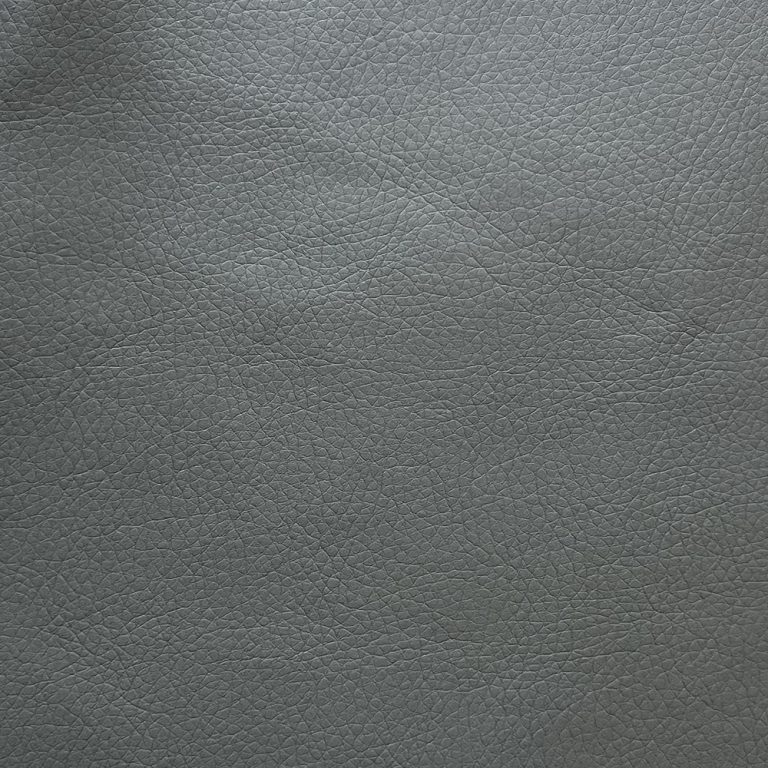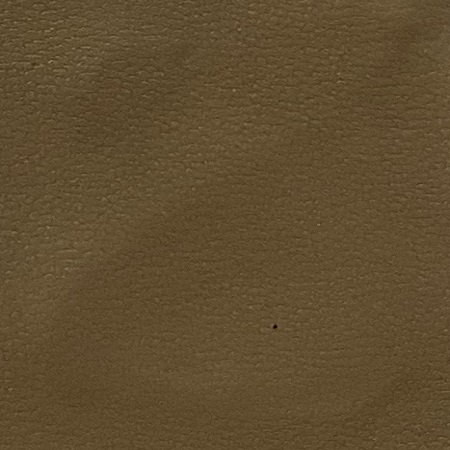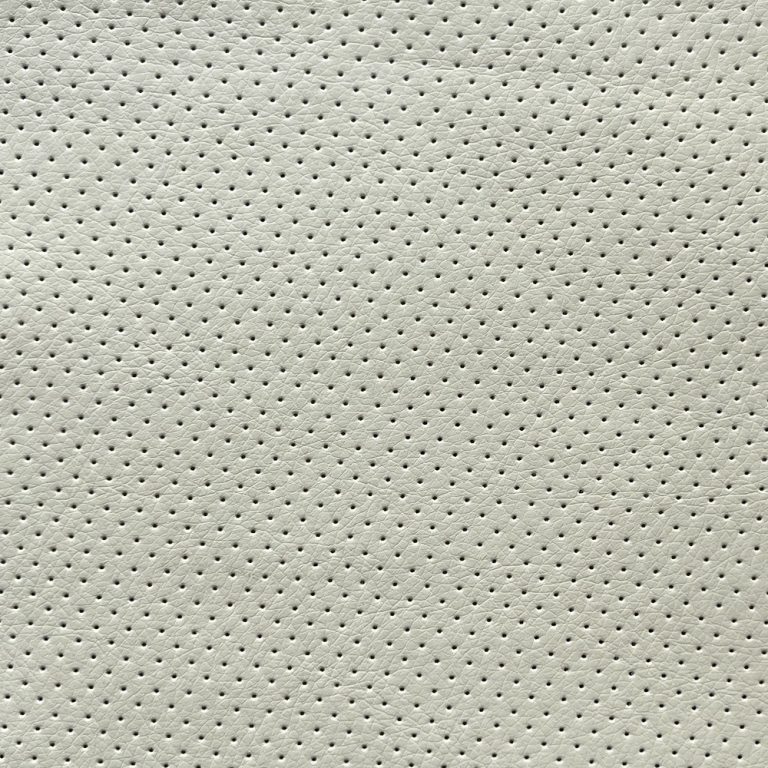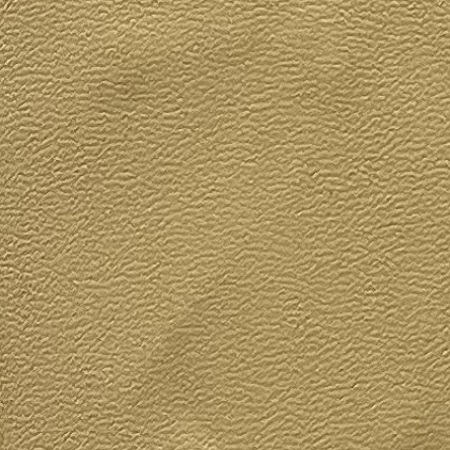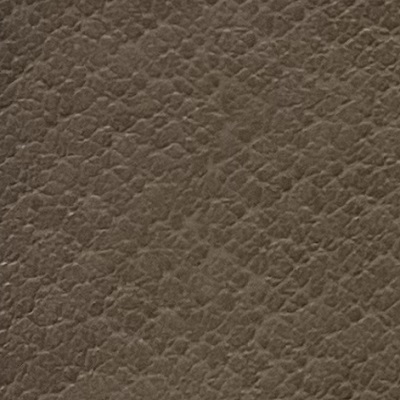Table of Contents
Pros and Cons of Using PU Shoe Leather
PU shoe leather, also known as polyurethane leather, is a popular alternative to traditional leather in the footwear industry. Made from a synthetic material, PU leather offers a range of benefits that make it an attractive choice for both manufacturers and consumers. However, like any material, there are also drawbacks to using PU shoe leather. In this article, we will explore the pros and cons of using PU shoe leather in footwear.
One of the main advantages of PU shoe leather is its affordability. Compared to genuine leather, PU leather is much cheaper to produce, making it a cost-effective option for manufacturers. This cost savings can be passed on to consumers, making PU leather shoes more accessible to a wider range of people. Additionally, PU leather is a versatile material that can be easily manipulated to create a variety of textures and finishes, allowing for greater design flexibility in footwear.
| Class | Products |
| S | Shoe Upper |
Another benefit of PU shoe leather is its durability. PU leather is resistant to wear and tear, making it a long-lasting material for shoes. This durability is especially important for footwear, which is subjected to constant use and abuse. PU leather shoes are less likely to scuff, scratch, or tear, ensuring that they maintain their appearance over time. Additionally, PU leather is water-resistant, making it a practical choice for rainy or snowy conditions.
In addition to its affordability and durability, PU shoe leather is also a more sustainable option than genuine leather. The production of genuine leather requires the use of animal hides, which can have a significant environmental impact. In contrast, PU leather is made from synthetic materials, reducing the need for animal products in the manufacturing process. This makes PU leather a more ethical choice for consumers who are concerned about animal welfare.
Despite its many advantages, there are some drawbacks to using PU shoe leather. One of the main disadvantages of PU leather is its lack of breathability. Unlike genuine leather, which is a natural material that allows air to circulate, PU leather can trap moisture and heat, leading to sweaty feet and discomfort. This lack of breathability can be a significant drawback for consumers who prioritize comfort in their footwear.
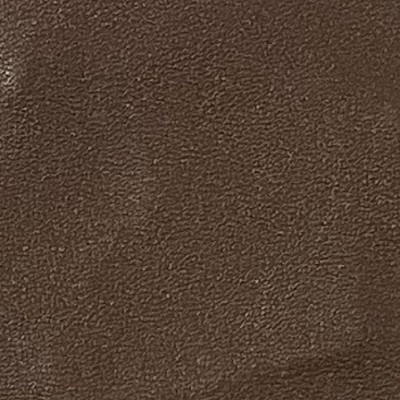
Another downside of PU shoe leather is its environmental impact. While PU leather is more sustainable than genuine leather in terms of animal welfare, it is still a synthetic material that is derived from petrochemicals. The production of PU leather can contribute to air and water pollution, as well as the depletion of natural resources. Additionally, PU leather is not biodegradable, meaning that it can take hundreds of years to break down in a landfill.
In conclusion, PU shoe leather offers a range of benefits, including affordability, durability, and sustainability. However, it also has drawbacks, such as lack of breathability and environmental impact. Ultimately, the decision to use PU shoe leather in footwear will depend on a variety of factors, including cost, performance, and personal values. By weighing the pros and cons of PU shoe leather, consumers can make an informed choice about the shoes they wear.
How to Care for PU Shoe Leather to Extend Its Lifespan
PU shoe leather is a popular material used in the manufacturing of footwear due to its durability, affordability, and versatility. However, like any other material, PU shoe leather requires proper care and maintenance to ensure its longevity and keep it looking its best. By following a few simple steps, you can extend the lifespan of your PU shoe leather and keep your footwear looking like new for years to come.
One of the most important steps in caring for PU shoe leather is to regularly clean and condition it. Dirt, dust, and other debris can accumulate on the surface of the leather, causing it to become dull and worn-looking. To clean your PU shoe leather, start by wiping it down with a damp cloth to remove any surface dirt. For tougher stains, you can use a mild soap or leather cleaner, being sure to follow the manufacturer’s instructions for best results.
After cleaning your PU shoe leather, it’s important to condition it to keep it soft and supple. Leather conditioner helps to replenish the natural oils in the leather, preventing it from drying out and cracking. Apply a small amount of conditioner to a clean cloth and gently rub it into the leather in a circular motion. Allow the conditioner to absorb into the leather for a few minutes before wiping off any excess with a clean, dry cloth.
In addition to regular cleaning and conditioning, it’s also important to protect your PU shoe leather from the elements. Exposure to water, sunlight, and extreme temperatures can cause the leather to become damaged and deteriorate more quickly. To protect your PU shoe leather, consider applying a waterproofing spray or wax to create a barrier against moisture. Additionally, store your shoes in a cool, dry place away from direct sunlight when not in use to prevent fading and discoloration.
Another important aspect of caring for PU shoe leather is to avoid excessive wear and tear. While PU leather is durable, it is not indestructible, and excessive use can cause it to become worn and damaged. To prevent this, rotate your shoes regularly and avoid wearing them in harsh conditions, such as rain or snow. Additionally, be mindful of how you store your shoes, avoiding overcrowding or stacking them on top of each other, which can cause the leather to become misshapen.
Finally, if your PU shoe leather does become damaged or worn, it’s important to address the issue promptly to prevent further deterioration. Small scratches or scuffs can often be buffed out with a leather conditioner or polish, while more significant damage may require professional repair. If you’re unsure how to address a specific issue, it’s best to consult a professional leather care specialist for guidance.

In conclusion, caring for PU shoe leather is essential to maintaining the appearance and longevity of your footwear. By following these simple steps, you can extend the lifespan of your PU shoe leather and keep your shoes looking like new for years to come. Remember to clean and condition your shoes regularly, protect them from the elements, avoid excessive wear and tear, and address any damage promptly. With proper care and maintenance, your PU shoe leather footwear will continue to look great and provide you with years of comfortable wear.

